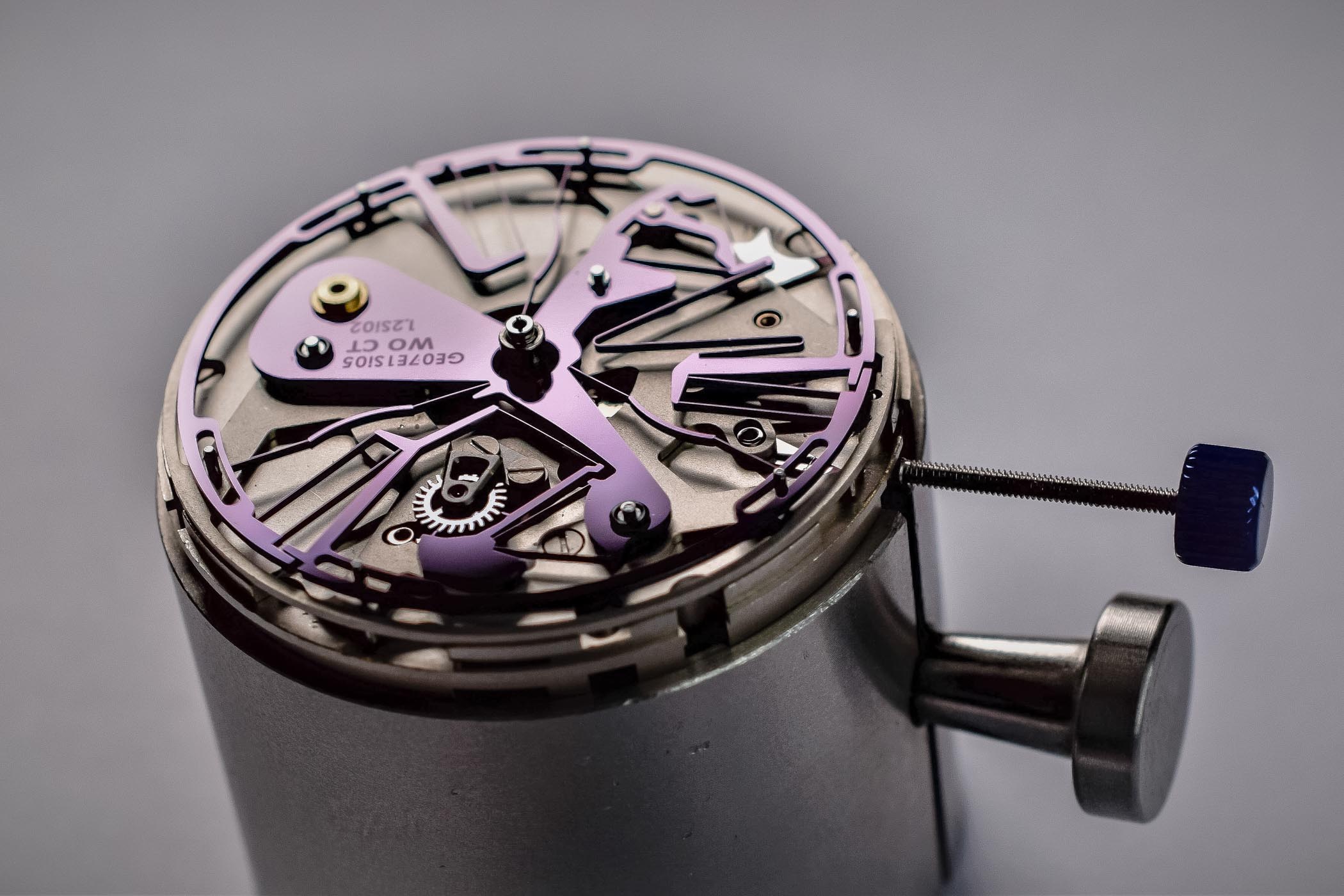Deciphering One of the Most Crucial Parts of a Watch, the Regulating Organ
Because a watch can't be accurate without it...

Following our articles on chronographs and on decoration techniques used in watchmaking, this week’s instalment of “Rewind” is going full technical, almost nerdy some will say – well, truly nerdy to be honest. Today, we’re looking back at one of our most in-depth editions of “A Technical Perspective”, a story that explains how a watch actually sets its own pace, the part that defines the speed at which the watch will run: the regulating organ – the balance wheel and hairspring couple, which work in conjunction with the escapement. Basic principle, materials, shapes and types, adjustment as well as exotic solutions… You’ll be served.

The regulating organ is, without doubt, amongst the most important parts you’ll find in a movement. It is what defines the speed at which the watch will run – and because time is defined by strict rules, this speed has to be controlled with great care, in order to have the most accurate watch possible. The regulating organ can take several forms, it can use several materials, it has been a field for innovations since watchmaking exists and overall, it is a crucial element of a watch. Understanding its role and how it works is important for anyone interested in the technical side of watchmaking.
Here is a complete guide to understanding the regulating organ of a watch. And because some readers asked for it, we even updated it with the industry’s latest developments.



